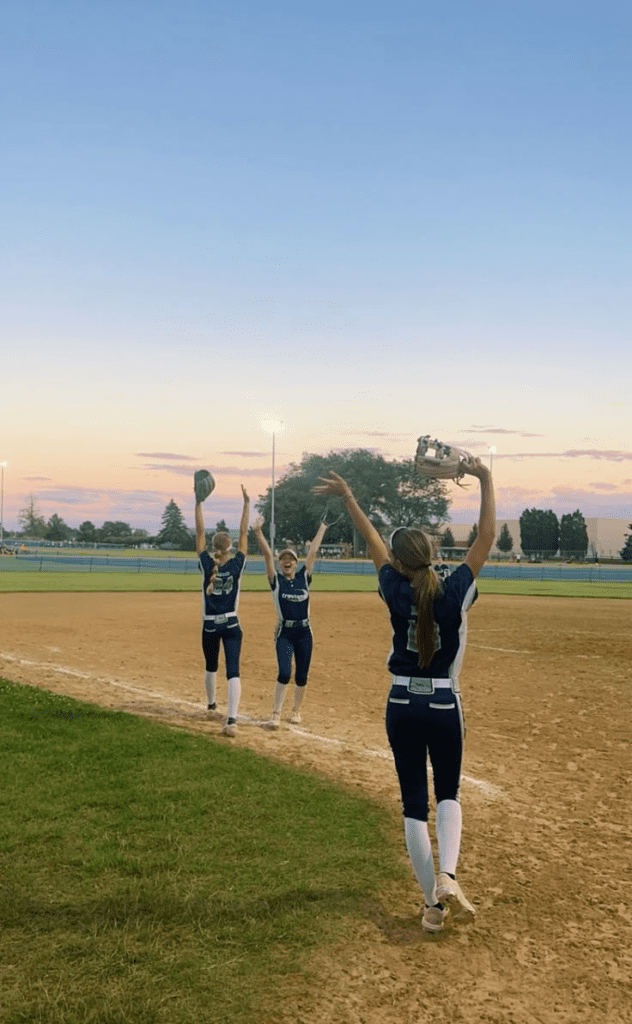
A crucial step to success is being able to identify your key stakeholders. Knowing who you’re trying to connect with and being able to understand their motivations and values is essential to creating messages that will resonate with them. In this post we will focus on two critical stakeholders: high school varsity softball players and high school coaches of elite athletes. Defining these groups and crafting messages that speak to their needs can ensure a more targeted and effective recruitment approach.
Who Are Our Primary Stakeholders?
Our primary stakeholders are high school varsity softball players in the United States. These athletes, normally juniors and seniors, are at the height of their high school sports careers and beginning to really dive into their athletic journey at the collegiate level. We’re targeting this group because for many of these athletes, recruitment is an overwhelming process. Young women are searching for opportunities to show off their talent in hopes of securing athletic scholarships that can relieve financial burdens. They are highly competitive and dedicated athletes to their academic and sport success. Athletes in this stage of their life are trying to make decisions about their futures, and their top option needs to be able to provide…
- Balance and a support system: Navigating the demands of sports and academics + trying to maintain a social life can be draining. They want a university with a lot of organizations and support.
- University programs: They want a university that is going to offer competitive sports programs and strong academic programs as well.
- Scholarship opportunities: Student athletes will seek out scholarships and offers to help make college affordable

Who Are Our Secondary Stakeholders?
Our secondary stakeholders are high school coaches of elite athletes. These coaches play important roles in guiding athletes through the recruitment process. Coaches are trusted mentors who work closely with their athletes and advise them on how to effectively communicate with college recruiters. Coaches are very knowledgeable about the recruitment process and can provide insights into an athlete’s character and skill set. They can also influence recruitment decisions, which makes them an important group to engage with. It is important to include coaches in our strategy because they are trusted by athletes and often have direct relationships with college programs. They want their athletes to be placed in the right environment for them to thrive. Coaches are looking for…
- Long-term development: they want to ensure that their players are able to keep growing and have increasing success after high school.
- Recruitment opportunities: they want their athletes to be at a university that will match with their athlete’s skills, goals and personality.
- Impressive college programs: coaches want college programs that are going to nurture their athletes and provide them with the means to succeed.

Why Is This Important?
It is important to understand your stakeholders because it helps to build effective recruitment messaging. You can tailor your communications to meet their needs once you define who you’re targeting.
- High school varsity softball players: For this group you may want to focus on a balance of academics, sports, and social life. Offer messages that highlight both the scholarship opportunities and the athletic programs. These athletes will most likely respond to messages about academic excellence and scholarships while simultaneously reinforcing the sense of community that they would find at OU.
- High school coaches of elite athletes: This messaging should emphasize professional networking and recruitment transparency. Coaches are looking for programs that value student success and athletic growth. Showing that your recruitment process will support athletes will appeal to their mentoring role.
By being able to address the specific needs of your stakeholders as well as their goals will help you build a more effective recruitment strategy that will attract top talent, academically and athletically. Understanding your stakeholders allows you to create messages that resonate with your groups on a personal level.
